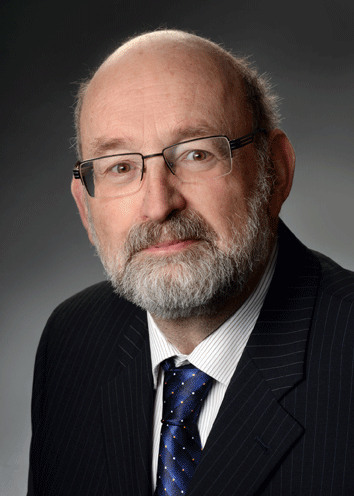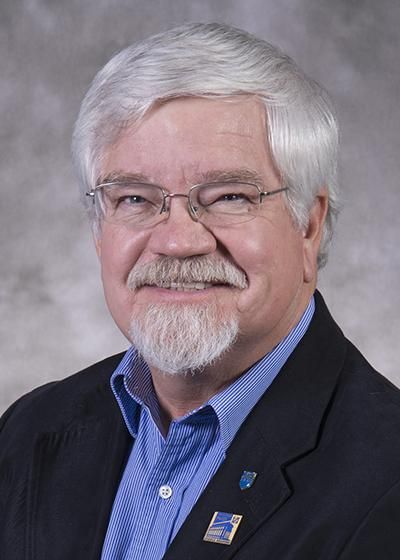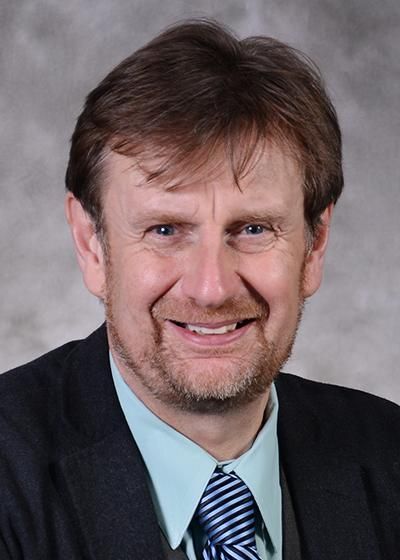The European Ceramic Society
Lectures and Teachers

The ECerS Summer School in Krakow will consist of 10 modules given by internationally renowned teachers who are experts in the field:

Prof. Jon Binner
University of Birmingham - UK
“Microwave sintering; what can it and can’t it do?”

Dr Salvatore Grasso
Southwest Jiaotong University – China and Queen Mary university of London – UK
“Impact of high heating rates: from pit firing to ultrafast high-temperature sintering”

Prof. Stuart Hampshire
University of Limerick - Ireland
“Overview of the Fundamentals of Sintering”

Dr Mathias Herrmann
IKTS - Germany
“Fundamentals and technology of hot pressing and hot isostatic pressing”

Prof. Anne Leriche
Polytechnic University Hauts-de-France, Valenciennes - France
“Toolbox to control grain growth during densification of ceramics”

Prof. Gary Messing
Penn State University - USA
“Contrasting Microstructure and Densification Processes during Solid State and Liquid Phase Sintering of Al2O3”

Prof. Clive Randall
Penn State University - USA
“Utilizing Cold Sintering in the Design and Integration of New Functional Composite Materials”

Prof. Pavol Sajgalik
Academy of Sciences - Slovakia
“Miracle versatility of advanced Si3N4: from engineering to functional applications"

Dr David Salamon
CEITEC - Czech Republic
“Spark Plasma Sintering – design of experiments”

Prof. Richard Todd
University of Oxford - UK
“Flash Sintering – towards faster, cheaper, greener and better Ceramics”
The Summer School will end with a round table led by a few teachers and students around questions previously formulated by the students.
Latest news
YCN Newsletter 29 - First YCN Video Competition
Share your research with the YCN Community and win a prize!
Create a short vertical video highlighting your connection to ceramics—your research, materials, processes, or creative approach.
Information
Contact us for any information: info@ecers.org - We will respond to your inquiry as soon as possible.








